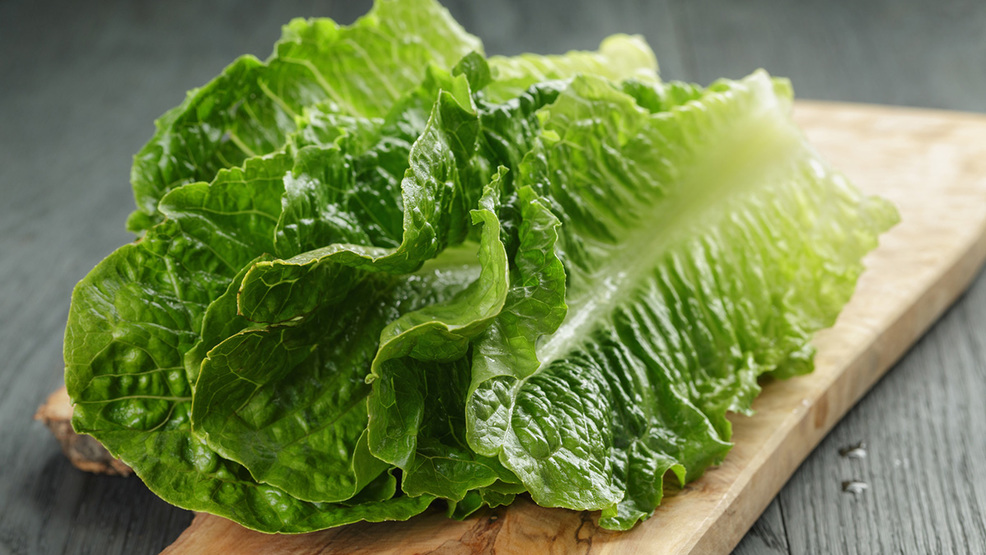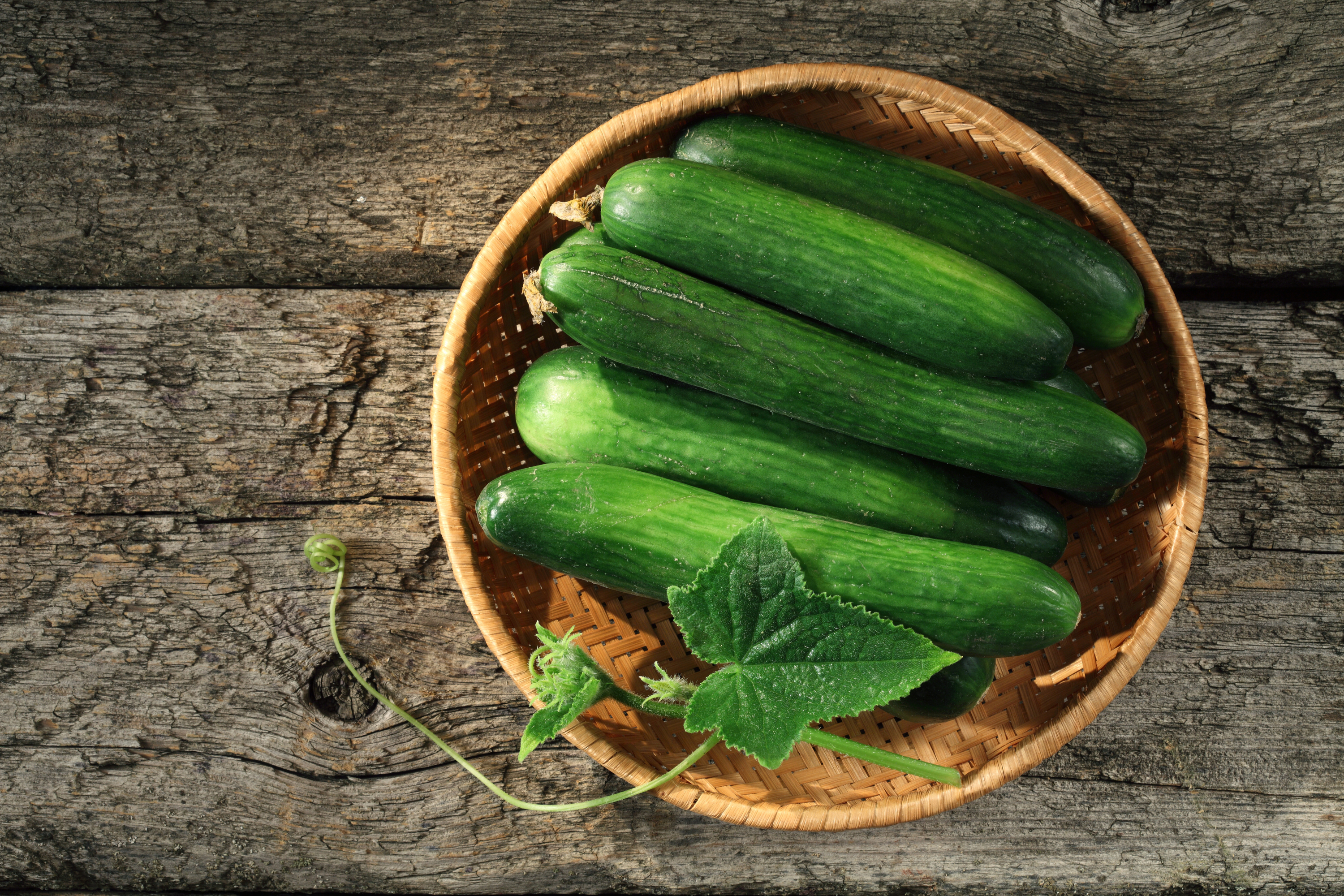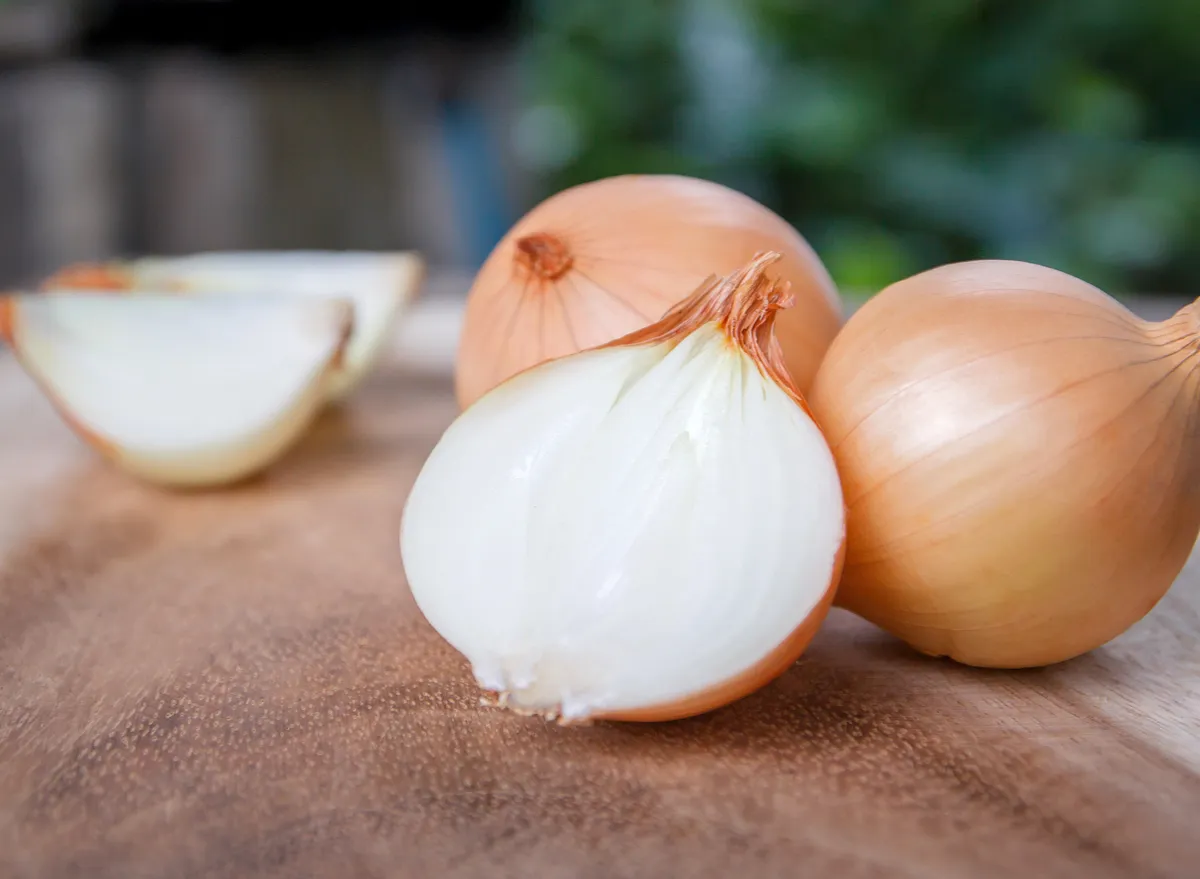Lettuce
The Crisp and Refreshing Lettuce: Uses, Facts, Nutritional Benefits, and Tips
Introduction
Lettuce is a leafy green vegetable commonly used in salads and sandwiches for its crisp texture and mild flavor. It is a staple ingredient in many healthy dishes and offers a variety of health benefits. In this blog post, we will explore the different uses of lettuce, fascinating facts about it, its nutritional benefits, and some helpful tips for incorporating it into your meals. Finally, we will discuss the average price of lettuce.
Uses of Lettuce
Lettuce is a versatile vegetable that can be used in numerous culinary applications. Here are some common uses:
- Salads: Lettuce is the base of many salads, providing a fresh and crunchy texture. It can be combined with various vegetables, fruits, nuts, and proteins.
- Sandwiches and Wraps: Lettuce adds a crisp and refreshing element to sandwiches and wraps, enhancing both flavor and texture.
- Burgers and Tacos: Lettuce leaves are often used in burgers and tacos to add crunch and freshness.
- Garnishes: Lettuce can be used as a garnish for various dishes, adding a pop of color and texture.
- Soups: Lettuce can be added to soups, especially cold soups, for a refreshing and nutritious element.
- Juices and Smoothies: Adding lettuce to juices and smoothies boosts their nutritional content without overpowering the flavor.
- Wraps: Large lettuce leaves can be used as a low-carb alternative to tortillas or bread for wraps and rolls.
Interesting Facts About Lettuce
- Lettuce is scientifically known as Lactuca sativa and belongs to the daisy family, Asteraceae.
- There are several types of lettuce, including Romaine, Iceberg, Butterhead, and Leaf lettuce, each with its unique flavor and texture.
- Lettuce was first cultivated by the ancient Egyptians, who used it as both a food and a medicinal herb.
- China is the largest producer of lettuce, followed by the United States and India.
- Lettuce is composed of about 95% water, making it an excellent food for hydration.
- Lettuce has been used in traditional medicine for its mild sedative properties, believed to promote relaxation and sleep.
- The darker the lettuce leaves, the more nutrients they typically contain.
Nutritional Elements of Lettuce
Lettuce is not only refreshing but also packed with essential nutrients. Here are some key nutrients found in lettuce:
- Vitamin A: Lettuce is a good source of vitamin A, which is important for vision, immune function, and skin health.
- Vitamin K: Vitamin K is essential for blood clotting and bone health.
- Folate: Folate is important for DNA synthesis and cell growth, particularly during pregnancy.
- Vitamin C: Vitamin C is an antioxidant that supports the immune system and promotes healthy skin.
- Fiber: Lettuce provides dietary fiber, which aids digestion and helps maintain a healthy gut.
- Antioxidants: Lettuce contains various antioxidants, including beta-carotene and lutein, which help protect against oxidative stress and inflammation.
- Low in Calories: Lettuce is low in calories, making it an excellent option for weight management and healthy snacking.
- Hydration: Due to its high water content, lettuce helps keep the body hydrated and can contribute to overall fluid intake.
Helpful Tips for Using Lettuce
- Store lettuce in the refrigerator to keep it fresh for longer. Place it in the crisper drawer for optimal humidity.
- To revive wilted lettuce, soak the leaves in ice water for a few minutes before using them in your recipes.
- Wash lettuce thoroughly under cold running water to remove any dirt or pesticides. Pat dry with a clean towel or use a salad spinner.
- For the best flavor and texture, choose lettuce that is crisp and free from wilted or discolored leaves.
- Mix different types of lettuce in your salads to create a variety of flavors and textures.
- Add lettuce to your diet by incorporating it into salads, sandwiches, wraps, and smoothies.
- Use large lettuce leaves as a low-carb alternative to tortillas or bread for wraps and rolls.
- Experiment with grilled or sautéed lettuce for a unique and flavorful side dish.
- To keep lettuce fresh, store it in a plastic bag with a paper towel to absorb excess moisture.
Average Price of Lettuce
The price of lettuce can vary depending on the season and location. On average, fresh lettuce typically costs between $1.50 and $2.50 per head in the United States.
Cost: 1.50 and 2.50 $










0